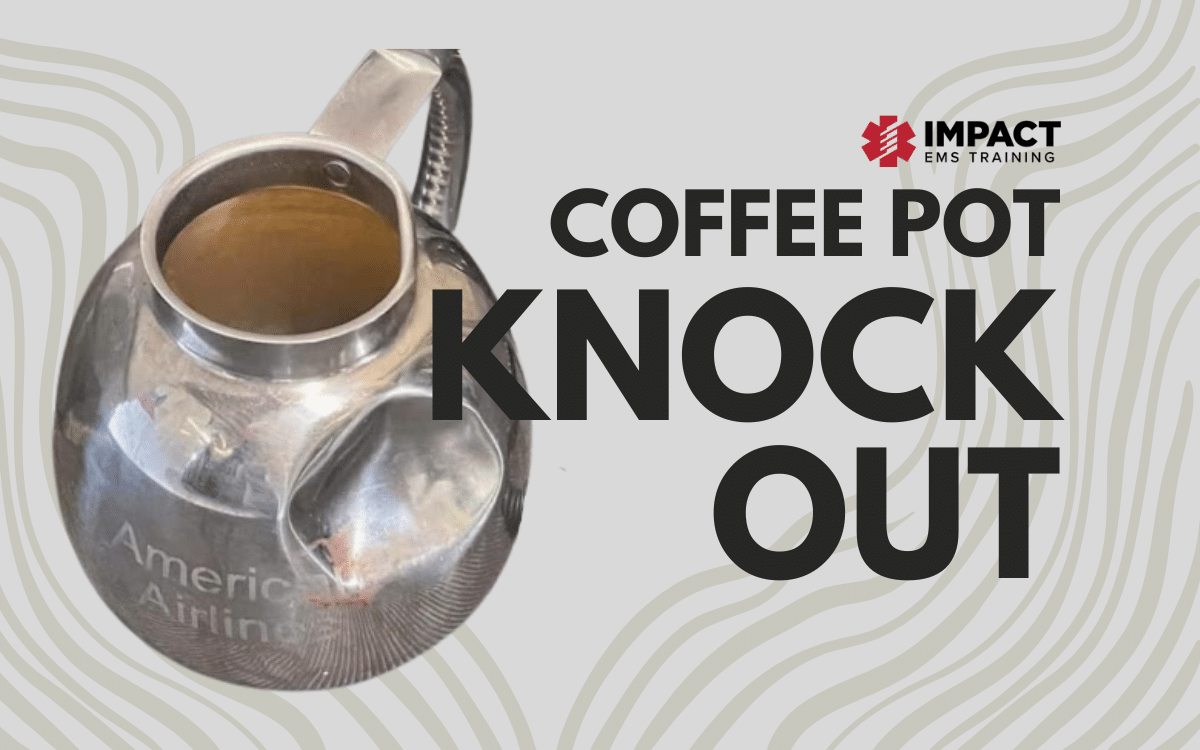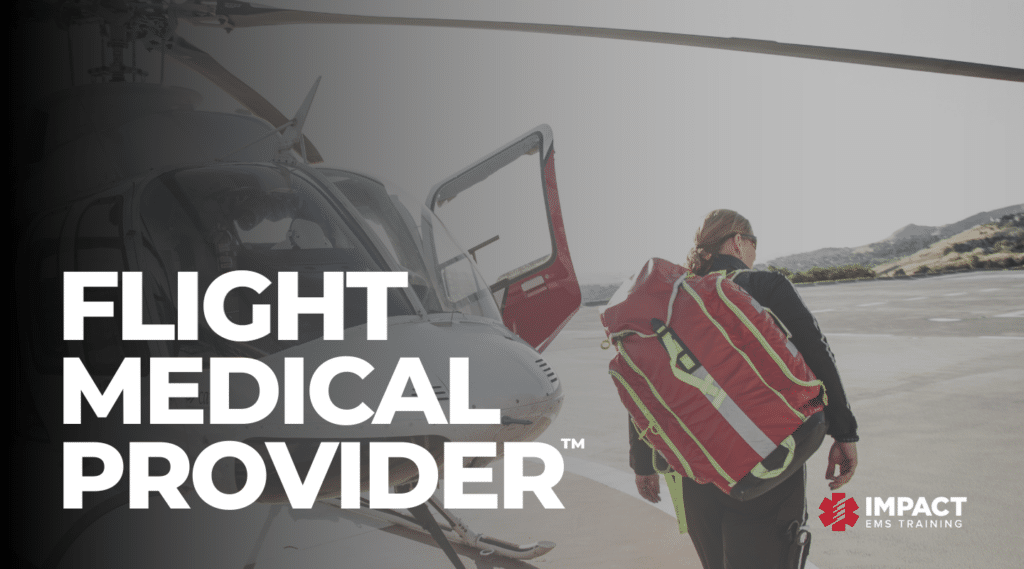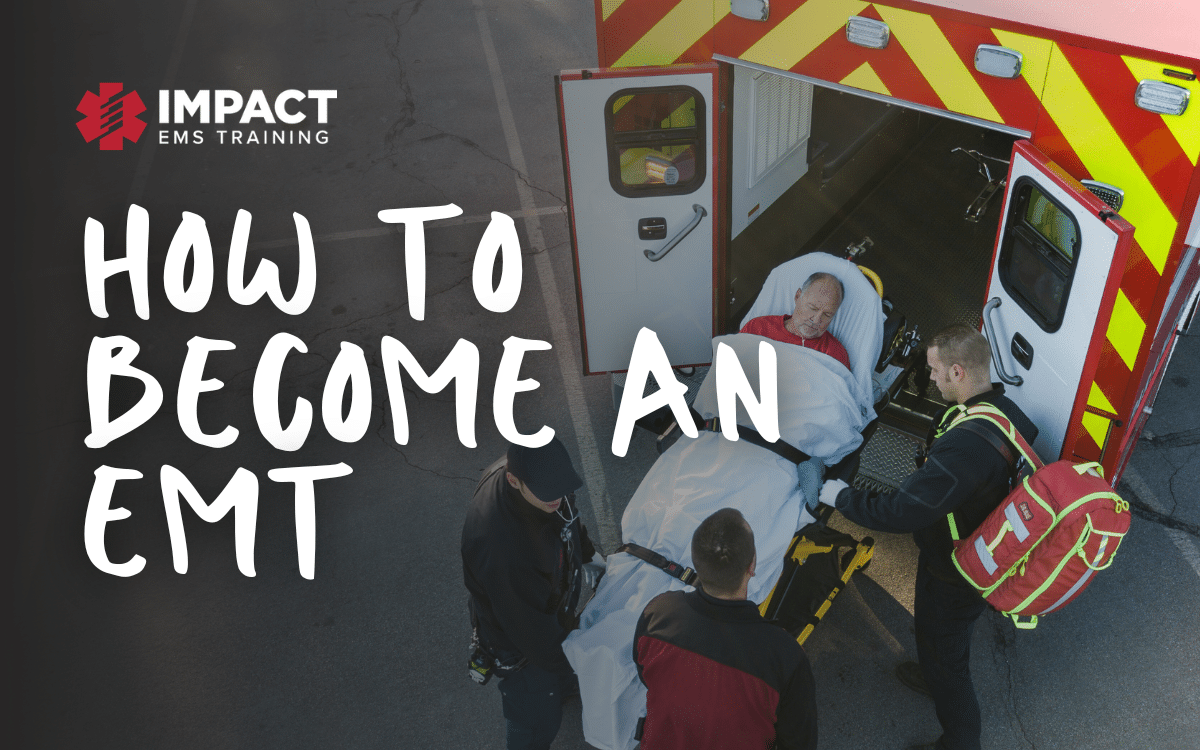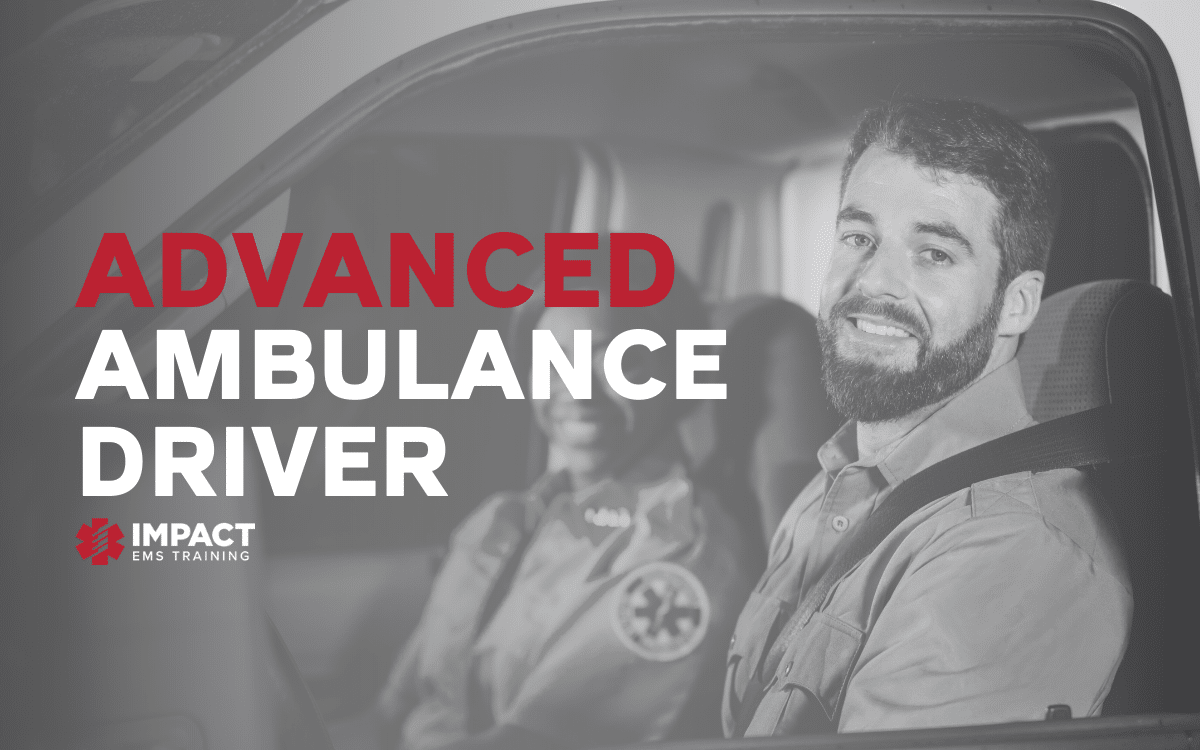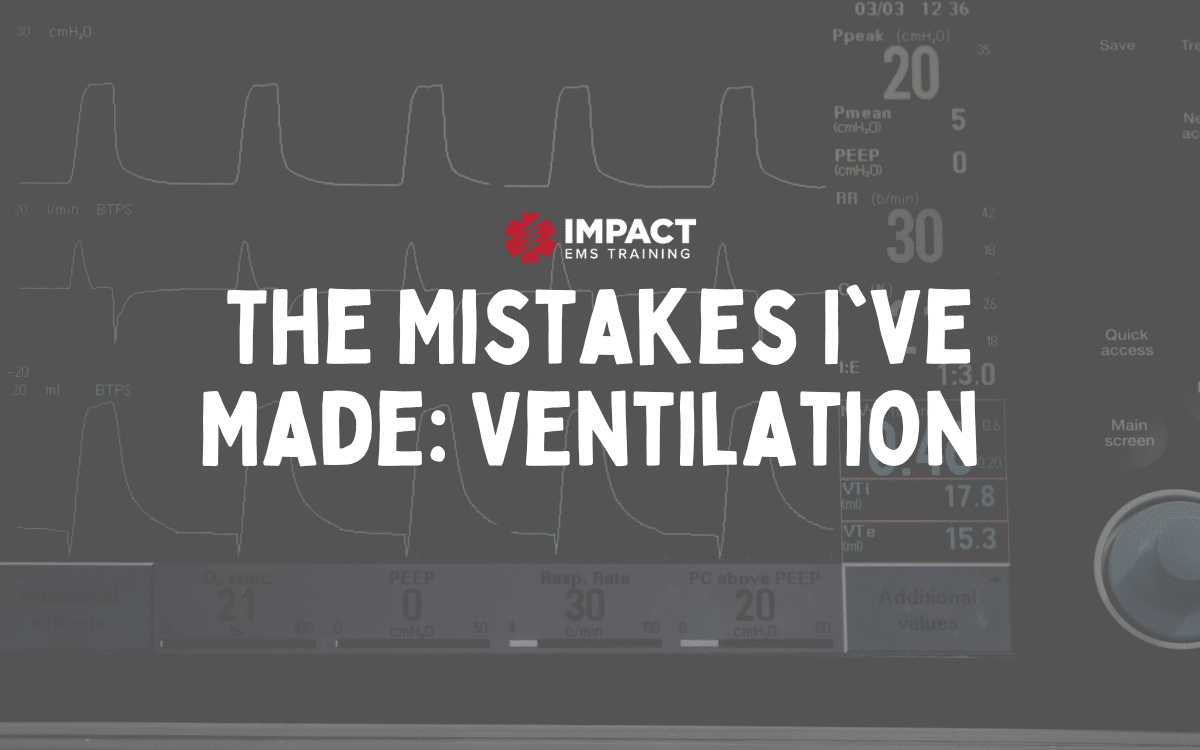Recently an American Airlines flight was diverted from its LA to DC flight path to a rapid descent, action-packed landing into Kansas City.
A 6’3” 240-pound man assaulted a flight attendant and then attempted to open the cabin door, which would have depressurized the plane and likely ripped the aircraft to shreds, killing everyone on board.
The flight attendant adapted on the fly (pun fully intended) ? and stopped the assailant by slamming his dome with a metal coffee pot, stunning him long enough for an off-duty police officer to subdue him and place him in zip-tie handcuffs.
I’ve never seen the American Airlines employee handbook, but I’m going to take a wild guess and say there is probably not a section on “How to Knock A Dude Out Cold with Refreshments.” This flight attendant acted quickly to keep her plane full of passengers safe using what resources she had within her reach.
Working in civilian EMS, we are often required to adapt and find solutions for insane situations we were never trained to handle.
(FULL STOP: I’m not advocating for breaking protocol or inventing new medical treatments off the cuff, rather, we’re talking about solutions for once-in-a-career calls and ways to do the most good in an otherwise impossible situation.)
I was once on a trip to a developing country that has minimal EMS infrastructure (the closest rig was 2-3 hours from where I was) to visit friends, enjoy the beach, and teach some basic first aid classes to school teachers and community leaders. I didn’t have so much as a first aid kit with me on our way to church when there was a motorbike vs. large SUV collision right in front of our vehicle.
My driver and friend Eric asked if I was willing to help the victims now lying in the road. I agreed and we jumped out and pulled the bodies to the side of the road as traffic continued to speed by, hardly swerving to avoid running over the carnage.
Reader, I had NOTHING.
I felt helpless. No more than 30 seconds had transpired since the incident and there was already a 2-foot puddle of blood around the patient from his open femur and shredded lower leg. He had an open radial/ulnar fracture and the glassy look of impending death in his eyes.
After a quick “PULL YOURSELF TOGETHER” moment, I snatched a belt right off the waist of a bystander and fastened it as a tourniquet on the leg.
It wasn’t working because the material had some stretch to it, and I knew I needed something stronger. Eric said, “What can I do?” I shouted over the rowdy and growing crowd “Get me a ratchet strap from your car and a stick about 6” long and the girth of your thumb.
Find a truck and get everyone out of the bed, we’re gonna take this guy to Pierre Payen” (hospital about a mile from where we were).
Together we made a DIY CAT with an organic windlass and it worked flawlessly. There was another patient lying on the ground, but his only obvious injury was an open radial/ulnar fracture that was only minimally bleeding.
We placed both men in the back of a truck and sped down the road to the hospital. The physician (thank heavens she spoke English) met us in the parking lot and refused to let us bring the patients into the hospital because she did not have surgical services, blood products, or the ability to give these men definitive care.
I told her I’d pay for any supplies we used (in this particular country, most healthcare is prepaid) and pleaded for her help because I needed to do everything possible to stabilize these guys and get them to the city if they were going to have a snowball’s chance in hell of survival.
She agreed to help me, but didn’t allow me to bring them inside, so we did everything right there in the bed of the taxi truck (think mid-90s Chevy S10).
I found a weak pulse on my unresponsive patient but he was still breathing. I started an IV on him and fluid resuscitated him (don’t @me about fluids in trauma patients, I had no better option) and as I finished the second liter, he opened his eyes and began speaking.
Someone dialed his wife’s phone number and put the phone next to his ear and he was able to tell his wife that he loved her and that he likely would never see her again.
Eric and a couple of my other friends started sliding cardboard boxes under both patients while the physician and I performed patient care so that they weren’t lying directly on the metal truck bed. The physician worked quickly to splint both patients’ extremities, and I was impressed at her ingenuity as she cut an abdominal binder length-wise to create two long strips that she used to secure strategically folded cardboard boxes to stabilize the mutilated leg.
There wasn’t a roll of tape in sight, but she used what few rolled gauze she had to wrap the open wounds and cut the last several inches down the middle to create a tie to hold it in place.
I gave them each a dose of analgesia and antibiotics, and Eric paid the taxi-truck driver to take them to a hospital in the city 2-3 hours away. It was not safe for me to travel with them into the city and there wasn’t anything else I could do. I later learned that the critical patient died en route and the stable patient was refused care at the hospital and died a couple of days later, likely from infection.
This story sucks. I realize that now that I’ve written it out here for you.
But the lesson worth learning is that everyone in this wild story innovated in seconds.
Every bit of adaptability in my brain has been learned from my colleagues I’ve worked with, in that developing nation.
They have extremely limited resources but endless good ideas.
They create the most good from the impossible scenarios they are given, and honestly, they could write the book on How-To-Be-An-EMS-MacGyver.
I once worked with another flight nurse here in the U.S. who responded to the scene of a collision where a teenage patient had significant head and facial trauma. As he attempted to intubate her, the yankauer (this was pre-DuCanto days) wasn’t clearing the copious blood in the oropharynx so he quickly made a large-bore suction catheter with an ETT tube and the suction tubing connector piece. It worked and he successfully intubated the patient.
An ImpactEMS colleague shared a trick he figured out on the fly once when the manometer was missing from the pressure bag he needed to keep his art line working, thus leaking all the pressure out and rendering the pressure bag useless. He used an empty flush and taped the heck out of it to prevent the plunger from popping off under 300mmHg and IT WORKED!
In EMS, it is impossible to train for all the crazy stuff we encounter. However, we can train to think outside the box, control our inner panic when we see no way out of a sticky situation and create an environment of clear communication and strong teamwork within our squads. When things go from livin’ the dream to FUBAR, our team dynamics are ripe for figuring it out.
As always, follow your agency’s protocols, contact medical control when you need help, and do the most good that you can for your patients.
And when needed, deliver a Coffee Pot KO.
(Then come back here and share your story of overcoming the odds with rapid innovation!)

